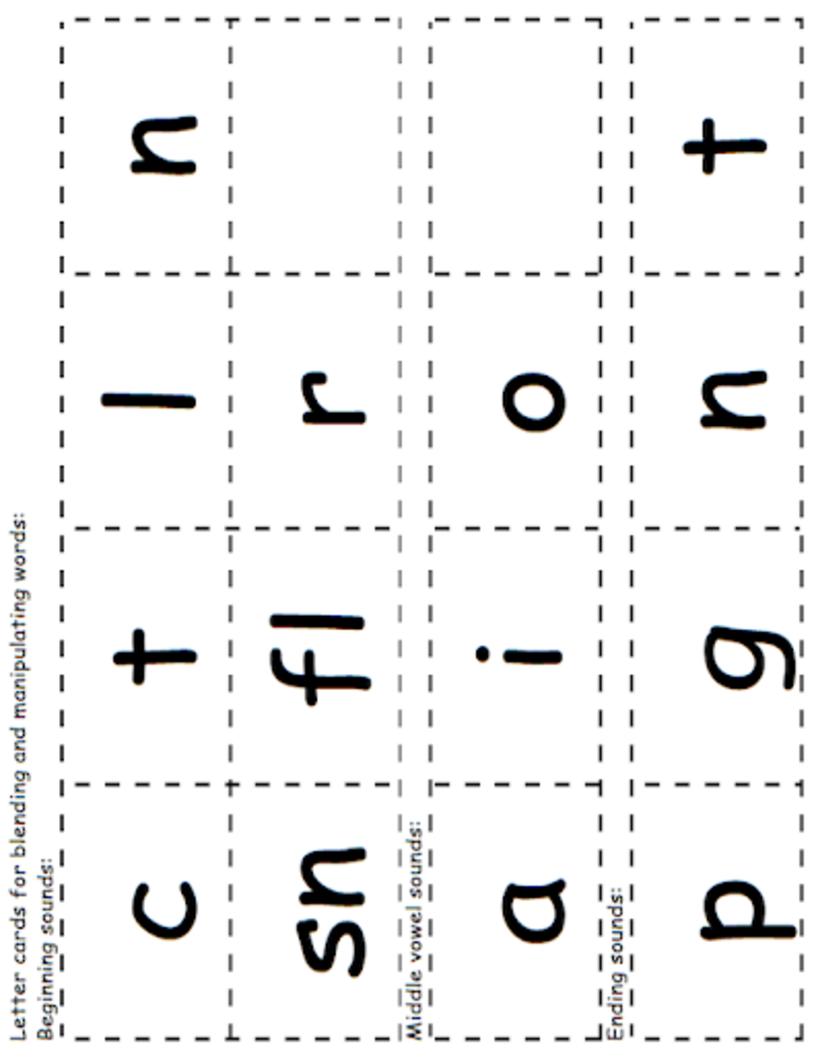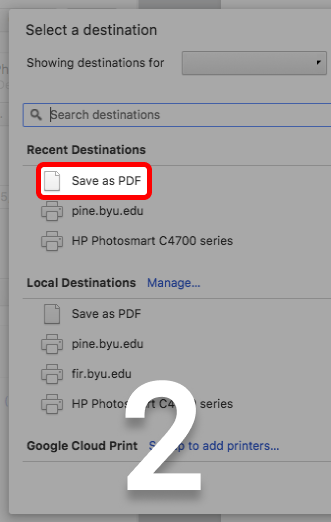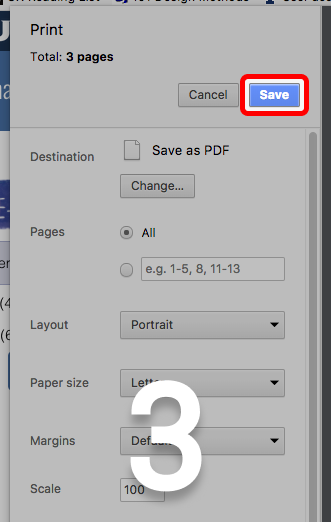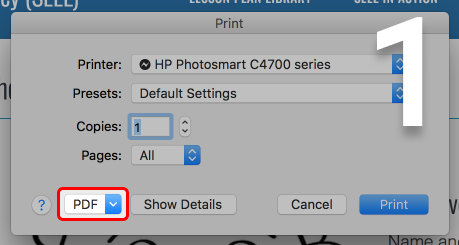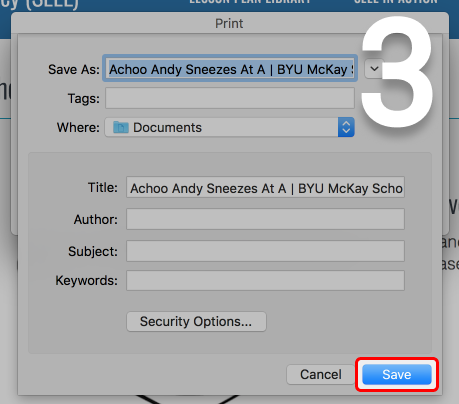Make a Cap
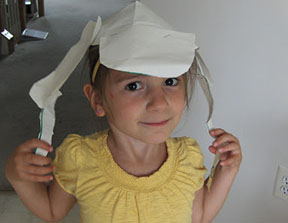
Objective
Blend a beginning consonant or consonant blend with -ap to make and read words such as cap, flap, snap, and strap.
Lesson Plan
Target Words:
- cap
- nap
- snap
- flap
- wrap
- strap
Materials:
- Scraps of paper and cloth
- Cap pattern graphic*
- Word-blending cards*
- Where is My Cap? target text*
- Let's Wrap a Cap! target text*
- Book: Caps for Sale by Esphyr Slobodkina (1940) (optional)
*Items included below.
State and Model the Objective
Tell the children that they will wrap caps as they add sounds to the -ap ending to make and read words, such as cap, snap, flap, scrap, and wrap.
Literacy Activities
Make caps
- Read the story Caps for Sale by Esphyr Slobodkina (optional).
- Give the children the scraps of paper or the cap pattern and have them label cap, strap, snap, and flap.
- Make a cap with the scraps of paper or the cap pattern:
- Cut a slit to the center of a round piece of paper.
- Make a shallow cap by overlapping the parts of the round paper.
- Use a stapler to ‘snap’ or secure the overlapping flap on the cap.
- Snap (staple) on flaps, straps, and paper snaps while making comments such as “snap a flap on the cap,” and “snap on a flap, snap a strap on the flap, and snap a snap on the strap.”
Wrap a cap and take a nap
- Let the children wrap the caps in scraps of paper.
- Have the children put the cap in their laps and pretend to take a nap.
Make -ap words
- Have the children pass a paper cap.
- Have children say a word that ends in -ap and write the -ap word on the cap.
Identify, blend, and manipulate sounds
- With word blending cards, have the children make new words by changing the vowel or either of the consonants:
- Change the beginning sound(s): cap → tap; lap → nap; snap → flap
- Change the vowel: flap → flip; snap → snip; cap → cop
- Change the ending sound: cap → cat; rap → rag; tap → tan
Read target words in a text
- Read the Where Is My Cap? target text together as a group.
- Have the children find the words that end in -ap.
- Repeat with the Let's Wrap a Cap! target text.
Write about the activity using target words
- Have the children write words from dictation: nap, snap, lap, cap, nap, rap, and tap.
- Write words and have children change one or two letters to make a new word: sap → nap; nap → snap; snap → snip; snip → lip; lip → lap; lap → cap; cap → cat; cat → rat; rat → rap; rap → tap.
Read More
SEEL Target Texts
Let's Wrap a Cap
Let's wrap a cap!
Get a scrap of paper.
Put the paper in your lap.
Put the cap on the scrap of paper.
Flap the paper over the cap.
Make another flap.
It's a snap!
Put the wrapped cap in your lap.
It's a snap to wrap a cap!
Get a scrap of paper.
Put the paper in your lap.
Put the cap on the scrap of paper.
Flap the paper over the cap.
Make another flap.
It's a snap!
Put the wrapped cap in your lap.
It's a snap to wrap a cap!
Where Is My Cap
Where is my cap?
Have you seen my cap?
My cap has a strap.
Where is my cap with a strap?
My cap has flaps.
Have you seen my cap with flaps and a strap?
My cap has snaps.
Where is my cap with snaps, flaps, and a strap?
I see my cap!
I love my cap with snaps, flaps, and a strap.
Have you seen my cap?
My cap has a strap.
Where is my cap with a strap?
My cap has flaps.
Have you seen my cap with flaps and a strap?
My cap has snaps.
Where is my cap with snaps, flaps, and a strap?
I see my cap!
I love my cap with snaps, flaps, and a strap.
Read More
Standards
SEEL lessons align with Common Core Standards. Please see the standards page for the code(s) associated with this lesson.

http://education.byu.edu/seel/library/
801970
Make a Cap







